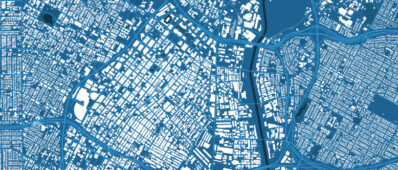Abstract
This paper presents an analysis of data from the 2017 National Household Travel Survey to examine the factors influencing the adoption and the frequency of use of on-demand ride-hailing services such as Uber and Lyft among older adults. Using a zero-inflated negative binomial model (ZINB), the results indicate that the determinants of adoption of on-demand ride-hailing services (users versus non-users) are different from the determinants of the frequency of use of these services among older adult users. Seniors who are younger, living alone, in urban dwellings, more highly educated, more affluent, or male with a medical condition that results in asking others for rides are more likely to be adopters of ride-hailing services. However, seniors who are middle elderly, less educated, or are carless older adults, are more likely to be frequent users of on-demand ride-hailing services as long as they adopt these services. In addition, smartphone possession plays an important role in the adoption behavior of on-demand ride-hailing services among older adults. Results of bivariate analysis showed that older adult ride-hailing users make more transit trips than their non-user counterparts, suggesting that ride-hailing services have the potential to serve as a complementary form of public transportation for older adults. The findings of this research will help ride-hailing operators in identifying potential market segments of their services and in developing campaign strategies for potential adopters.


